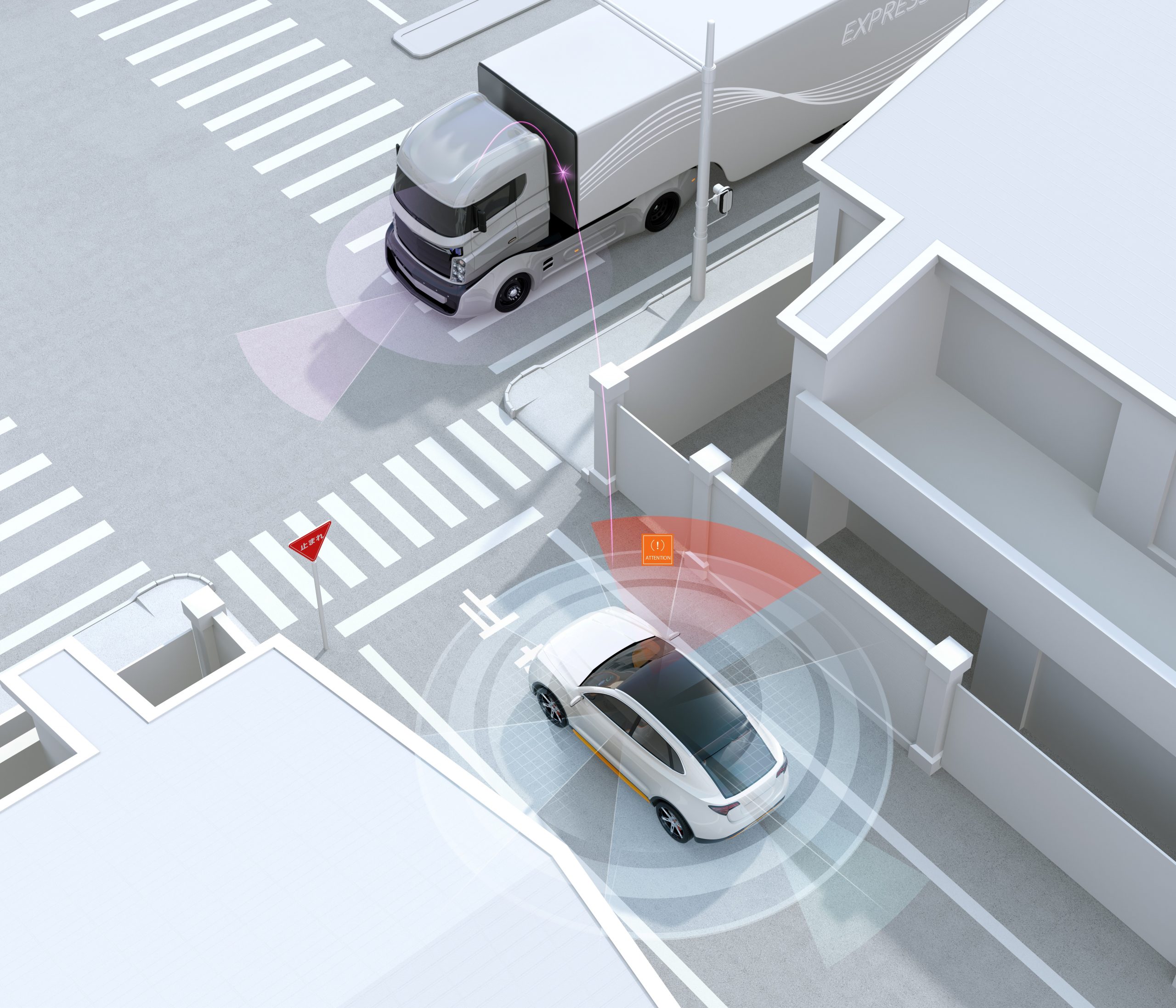Teaching a compact excavator or a long-haul truck – or any type of machine – to perform tasks safely and effectively without human supervision involves a complex network of computers, software, sensors, cameras and more. While engineers at established original equipment manufacturers (OEMs) and newer technology companies work to make science fiction a reality, most are making progress the same way the commercial vehicle industry has always advanced — by partnering with key suppliers to bring autonomous vehicle computing to the edge. 
“When you talk with somebody about edge computing, they typically think of something the size of a cell phone,” said technical director, Micah Snodgrass, “and a lot of that computing is based on small, embedded form factors, such as little Raspberry Pi-type solutions. Edge terminology isn’t as prevalent in the autonomous vehicle market as it is in others, but that’s basically what we have been doing. Instead of using tiny, embedded computers, we’re doing it with large super computers that we embed inside vehicles.”
There was a time, said Snodgrass, when technologists and engineers in the automobile and autonomous vehicle space believed there was a simple way to upload sensor information to a data center. Critical decisions would be made in the cloud and beamed back to the vehicle.
“Following some life lessons, it became clear to the industry that getting enough data back to a central data center is not always viable,” he said. “In just the last couple of years, there has been a drive to get more compute power out in the field so decisions can be made where the decisions are needed. Whether the vehicle is on a construction site, in a field, on the highway, or in a remote mine, it can’t always talk to a bigger computer somewhere. There must be enough computing brainpower within the vehicle to decide if the obstacle ahead is a puddle or a baby carriage – and then make a safe operating decision. While this technology has not been talked about as an ‘edge’ approach, that’s really what it is.”
Our ability to bring reliable autonomous vehicle functionality to the edge stems from our experience in incorporating NVIDIA GPUs to process and prioritize vast amounts of data for comprehensive situational awareness, all while managing the heat generated by power-hungry autonomous vehicle computer requirements. We have been named a preferred OEM in the NVIDIA Partner Network (NPN).
“Edge computing needs and opportunities for seamless AI, autonomy and visualization capabilities are increasing exponentially – both in complexity and performance expectations,” said Jim Shaw, executive vice president of Engineering, in a statement released about the NPN. “Integrating NVIDIA GPUs into our rugged hardware solutions ensures critical applications, like power distribution, oil and gas exploration, and autonomous vehicles on our roadways and in theater, have the data processing power and speed needed for flawless performance in highly unpredictable, challenging environments.”
Continue reading the article by Chad Elmore originally posted on Diesel Progress here.